Is your evergreen tree turning a worrisome color? If the answer is yes, you need to take action before it’s too late to save them.
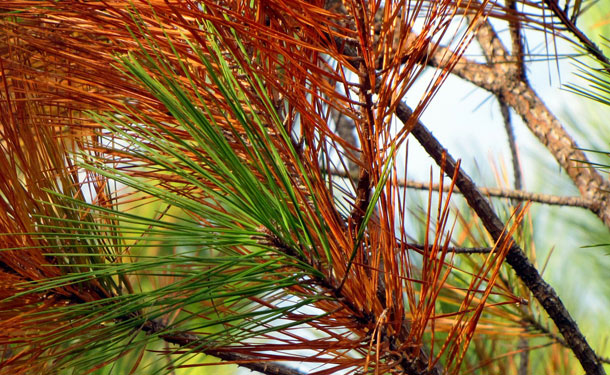
As the name implies, these trees should be “always green.” When they start yellowing, browning, or blackening, something deadly is likely happening on the inside. Proper treatment depends on interpreting visible symptoms to make an accurate diagnosis.
The team at thetreecareguide.com gathered information on needle cast, its symptoms, diagnosis, treatment, and answers some frequently asked questions.
Evergreen Tree Disease – Needle Cast
Needle cast diseases are tricky to diagnose and treat because the symptoms only become apparent 12 to 18 months after becoming infected.
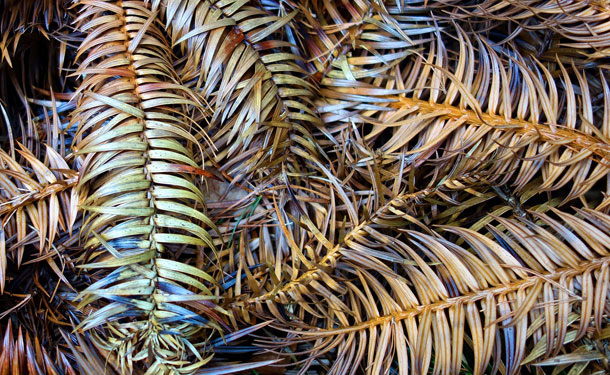
Needle Cast Symptoms
Since needle cast diseases are caused by various fungi, there may be slight variations in symptoms. However, they have many of the following symptoms in common:
• Needles turn entirely yellow or brown.
• Girdled needles will appear to be tri-colored; green from the base to a reddish brown spot in the middle, and yellow from the spot to the tip.
• Infected and dying needles will be riddled with dark, light, or yellow rounded or spider-like fruiting structures depending on the invading fungi.
• Diseased needles are shed in mass, making the tree look sparse and thin.
• In many cases, only the current season’s needle growth will be left on the tree.
• A tree’s lower branches are typically more severely affected and usually the first to present dieback.
• In more advanced cases, branch dieback may occur anywhere on the tree.
As other non-infectious evergreen diseases may mimic needle cast symptoms, it is essential to make a positive identification. Two of the above symptoms are an absolute giveaway of a needle cast infection; girdled needles and fruiting structures on infected needles.
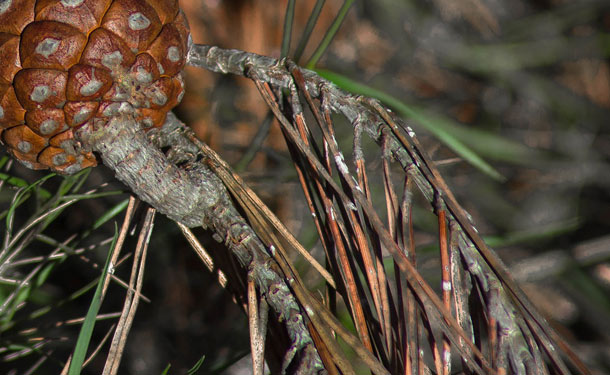
During winter months, your evergreens may suffer from drought and sun scalding. The appearance of this condition is very similar to that of needle cast, read more on Winter Protection for Evergreens, Trees, and Plants at thetreecareguide.com/winter-protection-evergreens-trees-plants/
Needle Cast Diagnosis
Once you have determined that needle cast is present, it is essential to identify which disease is affecting the tree by sending a sample to a plant clinic. The methods of control will vary according to the fungal species causing the infection.
You can accomplish this by:
• Hiring an arborist to remove samples and have them tested.
• Contacting your state’s Department of Agriculture and sending a sample of the infected tree to one of their field offices or testing centers.
• Contacting your state’s university to locate one of their plant and pest diagnostic clinics or extensions.
Universities and Departments of Agriculture will likely have a sample submission form to fill out along with specific instructions on how to handle and ship samples to them.
Needle Cast Treatment
If the disease is not too severe, control of needle cast can be accomplished through treatment and preventative measures:
• Remove and destroy all infected needles.
• Trees that have already died should be removed by a professional tree service and properly disposed of.
• Preventative chemical controls should be applied when needles are half elongated and again once they reach full length.
• As this disease can remain asymptomatic for 12 to 18 months, chemical controls should be applied for a minimum of two years.
• To reduce the risk of reinfecting more mature trees, chemical controls may be required indefinitely.
• Select resistant evergreen species when planting.
• Make sure trees are adequately spaced to allow good air circulation.
• Eliminate all methods of overhead watering (splashing water spreads spores).
• Sterilize all equipment (including protective clothing) used to prune, dig, or handle infected trees before using them on healthy uninfected specimens.
• Follow all control and prevention instructions given by the plant clinic.
Advanced cases of needle cast are challenging to treat and will usually result in the death of the tree.
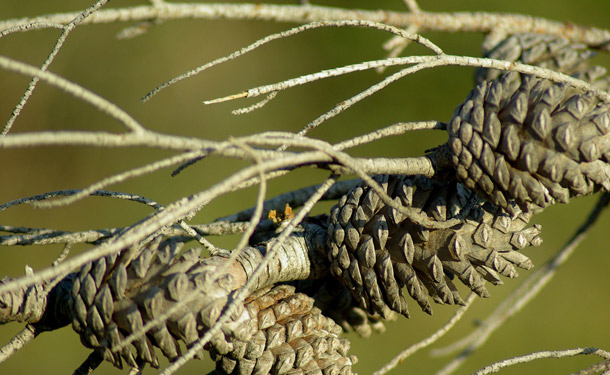
Frequently Asked Questions
Question: Can a brown evergreen come back?
Answer: Yes. If the browning is due to an adversely cold and dry winter, your broad-leafed or needled evergreen can make a comeback as temperatures warm up in the spring and they get sufficient water.
However, if the browning is due to disease, you will have a much more difficult time getting your evergreen to rebound.
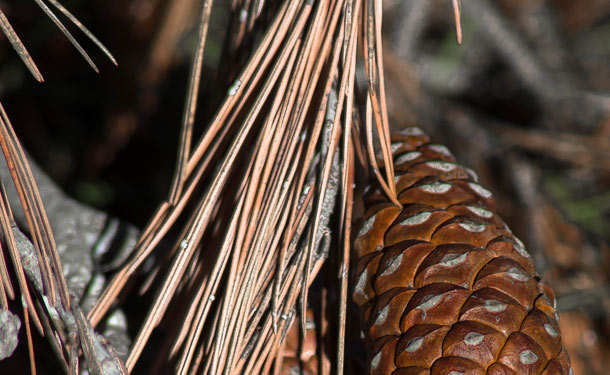
Question: Which fungi cause needle cast?
Answer: Several fungi cause needle cast in evergreen trees. Some of the more common fungi are:
• Lophodermium
• Cyclaneusma
• Ploioderma
• Rhizosphaeria
• Phaeocryptopus
• Rhabdocline
Proper identification of the fungi species will help determine the course of treatment for the infected specimen.
My Evergreen is Turning Brown and Dying
When it comes to evergreen trees, “green is good” and “brown is bad!” These trees are built to be green, and when they start to turn yellow and brown, chances are good that you are dealing with needle cast.
In this article, you discovered the symptoms, how to diagnose, and how to treat a needle cast infection.
Your delay in identifying and treating needle cast can result in the death of the infected tree and propagate the disease to any surrounding evergreens.
Sources:
https://extension.umd.edu/hgic/topics/evergreen-needle-cast-diseases-trees
https://digitalcommons.unl.edu/cgi/viewcontent.cgi?article=1028&context=nebforestpubs
https://extension.illinois.edu/focus/index.cfm?problem=rhizosphaera-needle-cast